Ah, Season Three. That’s the season that most former and current players call “The Golden Age” of League of Legends. For whatever reason, we reminisce back to 2013 as the best year the game has ever had, back to before Summoner’s Rift was updated, Ryze hadn’t been reworked even once (not including Alpha), and Mordekaiser still had pizza-feet. Oh, wait. Scratch that last one.
Over the past few years in the game’s live development, players have picked out things to complain about. Whether it’s the game’s general damage levels, the shift from focusing on laning to teamfights and then back to laning, or the design team’s mass champion updates of past mid-seasons and pre-seasons, Season Three is always brought up somewhere in comments, replies, or on Twitter. It’s always mentioned in a way similar to, “Well, I’ve been playing since Season Three, and back then, we didn’t have to worry about this.”
So, after hearing the same question hundreds of times over the last six years, we’ve decided to try our best to answer the now-famous question. Is League worse than it was in 2013, and was that season the Golden Age of the game?
High expectations

After pouring over highlight after highlight and countless YouTube videos from League’s 2013 run, there were two points that almost immediately stuck out. For starters, not much has actually changed gameplay-wise in these six years. If you take out the updated maps, champions, and more, fights look about the same for the most part. Abilities look similar and interact in the same ways, teamfights unfold as bot lane carries coast around their beefy frontlines, and objective rotations still became more important the higher the skill level of the players involved.
There were a couple of differences with the actual gameplay—how long carries tend to last in big fights and how each lane and the jungler treat the laning phase, for example. What stuck out the most was this, however: We’re all way better at the game now. No, really. Now let’s break that sentence down a bit.
In 2013, if someone Flashed in front of you to block a Caitlyn ultimate or your team’s Lee Sin pulled off the famous Choi “inSec” In-seok maneuver, that was the coolest shit you’d ever seen. You’d cheer, they’d cheer, and the enemy would get royally pissed off. Now, though, in 2019, those types of things aren’t considered incredible. Sure, they’re cool, but they’re almost expected from every player, sometimes even at the lowest of skill levels. The inSec, in particular, is almost a requirement for learning how to play Lee Sin.
So why the change? Well, we already gave you the answer. We’re all better at the game than we were back then. League kicked off in 2009. That means we’ve been playing, or at least some people have been playing, the game for the better part of 10 years. In that time, the threshold for what you consider “high skill” or “talented” gameplay has been considerably raised. In that decade, we’ve figured out almost all we need to know about the game, and we’ve seen it all hundreds or thousands of times before. InSec kicks, the Gragas dash-Flash, the Shurima Shuffle, you name it, we’ve seen it.
It’s depressing to consider the fact that much of the amazement and wonder that made League so special to all of the players that started in 2013 is gone. And that fact alone weighs very heavily on the Golden Age question. Why? Because, objectively speaking, it means that players aren’t enjoying the game as much, but it isn’t because the gameplay is worse. It’s because there’s so little room to amaze and surprise us anymore. That’s part of the reason champion updates and releases are so exciting. They’re finally something that the experts and best players can study and unlock new and exciting things.
The bar has been raised so many times by now that Bronze players today are far better than they were in 2013, and that fact holds true in most every elo. And again, that’s not because of anything tricky or unseen, it’s just because the game, for the most part, has been figured out. And that’s okay.
For better or for worse

Most of the nostalgia we feel toward 2013 isn’t because the game was actually all that different, but rather because of the elevation of expectations and skill in the playerbase.
That doesn’t mean, however, that there haven’t been significant changes, because there have definitely been a few big ones. And we aren’t talking about champion updates or reworks or anything like that, we’re strictly talking about large-scale changes to how the game is played. We listed the two that stuck out the most, so let’s break those down now. We’ll start with damage.
Ah, the infamous “There’s too much damage in League” argument. This can be a stressful topic to debate after 2018, as things on Reddit and in the game’s forums got pretty heated when everyone first began discussing (or yelling) about it. At this point, though, it’s hard to deny the claim that there is far more damage in the game than there used to be. Whether or not that’s “too much” damage is up to you, but there’s definitely more of it, and that’s led to significant shifts in how games and big fights play out.
As noted, teamfights mostly look the same now compared to all of those 2013 highlights. But the biggest exception to that rule was the damage output. Fights in 2013 took objectively longer to play out, and back-line carries could land way more big hits, as protecting them seemed far more possible than it does now. An ADC getting deleted back then was a much larger deal, because, typically, a bruiser or assassin needed to be several items ahead of their counterparts and very fed to pull it off in a couple of hits. Now, however, that’s not exactly the case.
Damage in League has been on an uptick over the past few years, and protecting carries has became less possible. Through shields, health boosts, and heals, you can typically only stall an ADC’s death for a split second or two longer unless your burst damage can blow up the enemy team’s first. If they can’t, say goodbye to your carry, because no amount of peel can hold back the coming damage for very long. Even Riot admitted last year that this was true, and the company promised to make gradual changes to slow damage down a bit in the future. One of those changes was to buff tanks, as Riot blamed overall tank weakness as one of the culprits to the problem.
Aside from higher damage, there was one other change we noticed pretty consistently—laning. In particular, the impact of jungling on laning and the reliance of out-playing your lane opponent are considerably different now than they were in 2013. Junglers tend to be a deciding factor in how a game ends and in which team is considered ahead, and that’s because their role has changed. In 2013, it was your job to win your lane by either out-playing or out-farming your opponent. In 2019, it’s the jungler’s job, because their attention on your lane is often required to win it before teamfights start.
Riot tried to lower jungler impact on lanes in 2018 by severely lowering experience gains from jungle camps, but that didn’t change much aside from there now being slightly fewer ganks in the early stages of the game. This has nothing to do with how powerful junglers are. Whether or not junglers are made weaker, they’re going to be relied on more now than they used to be, and they’re going to have a higher impact. That goes back to our original point, too. It’s because, over the last 10 years, players have figured out that when your jungler focuses on your side of the map, it’s a lot easier to play your role, and now, it’s a requirement.
The other big change in laning is the lessened importance of winning your lane’s one-on-one or two-on-two matchup. The explanation for this is largely the same. Now, to win your lane and open yourself up to move around the map more, it’s a lot less important for you to out-play your opponent. Instead, it comes down to which team moves a bunch of people into your lane to kill you or dive your tower first. It almost always works, because, again, players have figured out that it works, and it’s resulted in the laning play-style we have now.
Players are more passive early on, and even if you win your match-up, you can end up losing your lane to a multi-gank and tower dive. That’s not a bad thing, per se, it’s just different, and it’s responsible for the “clear your wave and roam” meta that we have now. Wave-clear is now incredibly important for mid laners, because they are responsible for roaming to either top or bot, and junglers that have either high early damage or high early gank power are considered stronger. And, at this point, that’s not just a meta thing, because it’s remained true for the last two or so years. It’s just the reality of the game now.
The big answer

And now it’s time to answer the question: Is League really worse than it was in 2013, and was that year the golden standard?
Honestly, yes—but not for the reason you’re maybe expecting to hear.
This question is largely an opinionated one, as judging whether you find something good or bad in a game is entirely subjective and can change from person to person. And because of that, our reasoning is largely based on players’ feelings and subjective opinions, too.
Whether the game is worse or better now, in our opinion, is irrelevant. It’s certainly different in particular areas, and that’s all we can say for sure. If you’re a fan of high-speed jungling, more damage, and more team-focused laning, you’d actually like the game more now. But if you don’t like those things, we can certainly see why you’d prefer 2013. To those players, Season Three would certainly feel like the Golden Age, and they’d be totally justified in thinking that.
If players don’t like something, that’s reason enough to call the game worse for it, or it’d be reason enough to say that one period of time was better than the other.
We aren’t willing to call 2013 the Golden Age based on those opinions, though. We are, however, willing to call it that based on something more objective than subjective, something already noted in this article: In 2013, players hadn’t figured everything out, so there was objectively more excitement, more wonder, and more learning for the many, many experienced and new players alike.
The game isn’t better or worse in 2019, it’s just different. But there’s certainly less of all those things than there was six years ago, even if they were based in naïvety, and that’s why it’s fair to say that 2013 was the Golden Age of League.
League changes more than most other online competitive games. But in 2013, there were many more new players than there have been since, so it felt like there was an entire game to explore, rather than just a big seasonal update. That’s not something that can be replicated, and that’s not Riot’s fault, but our answer stays the same.



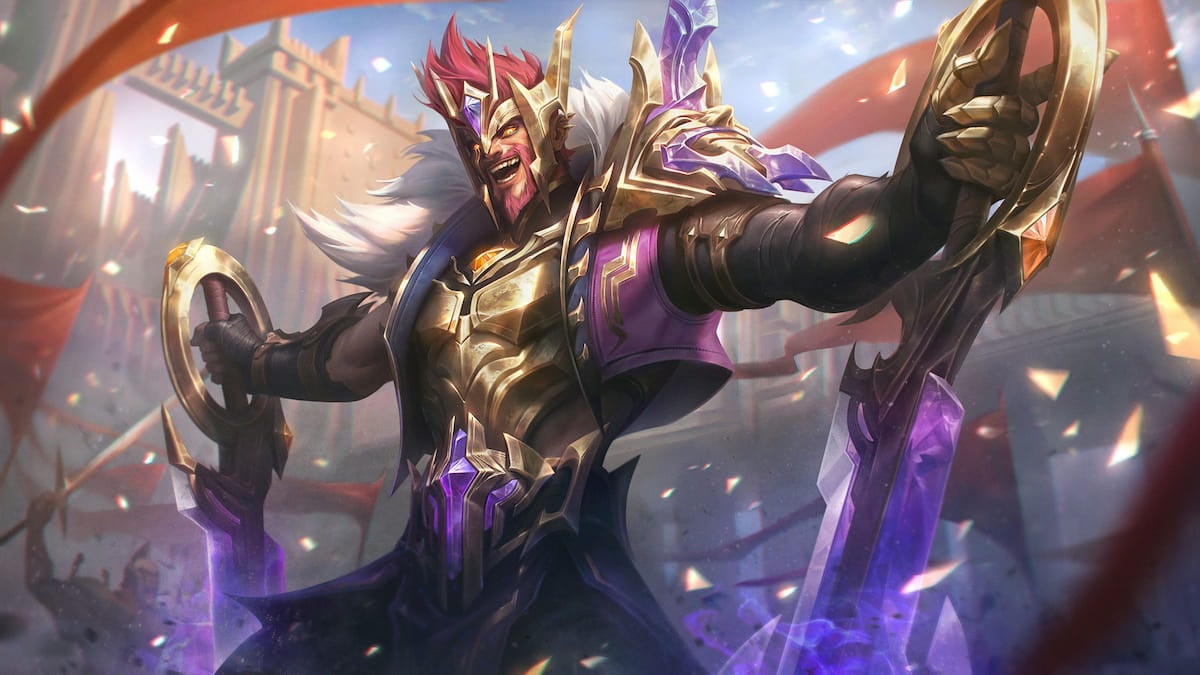
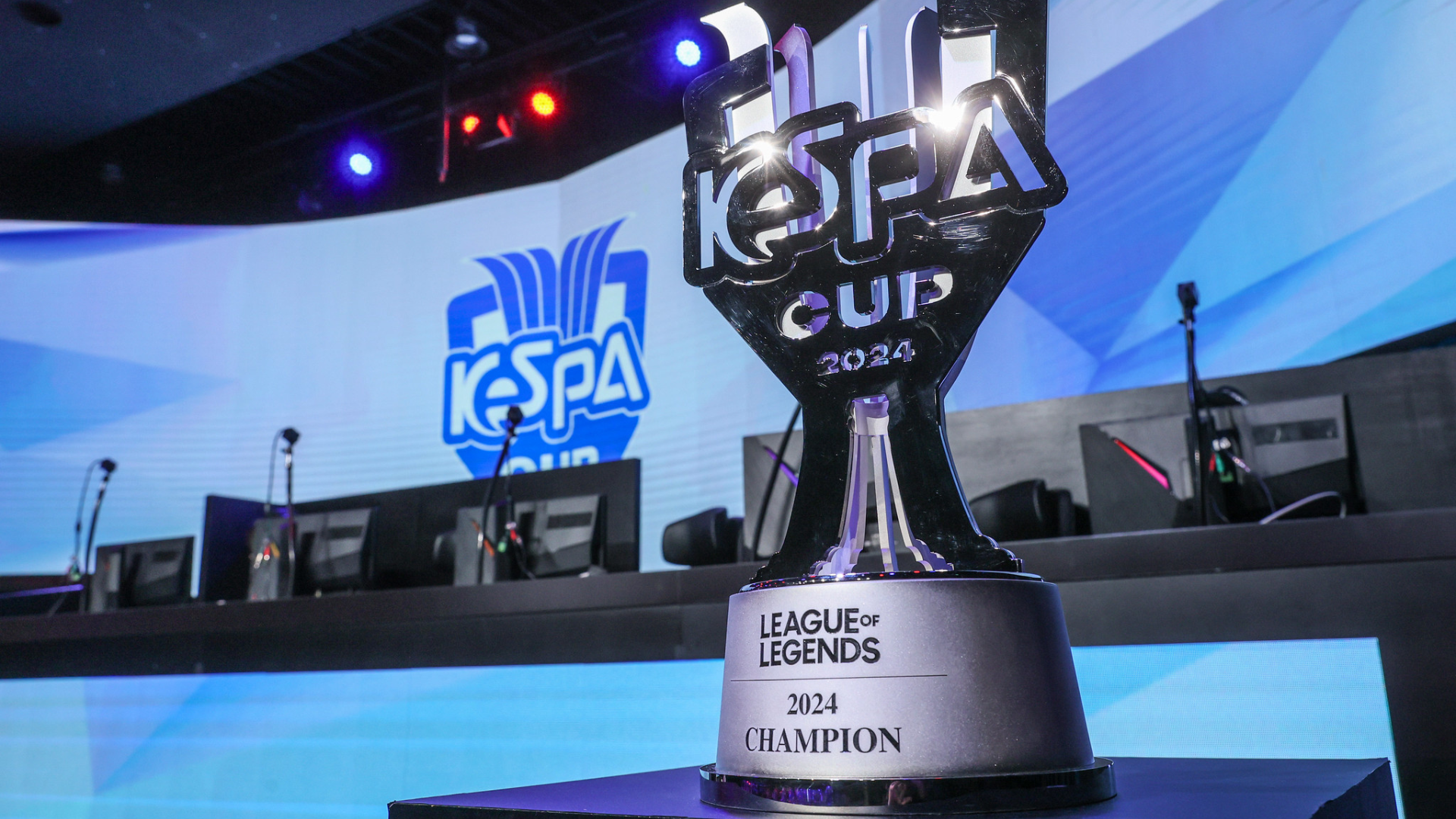
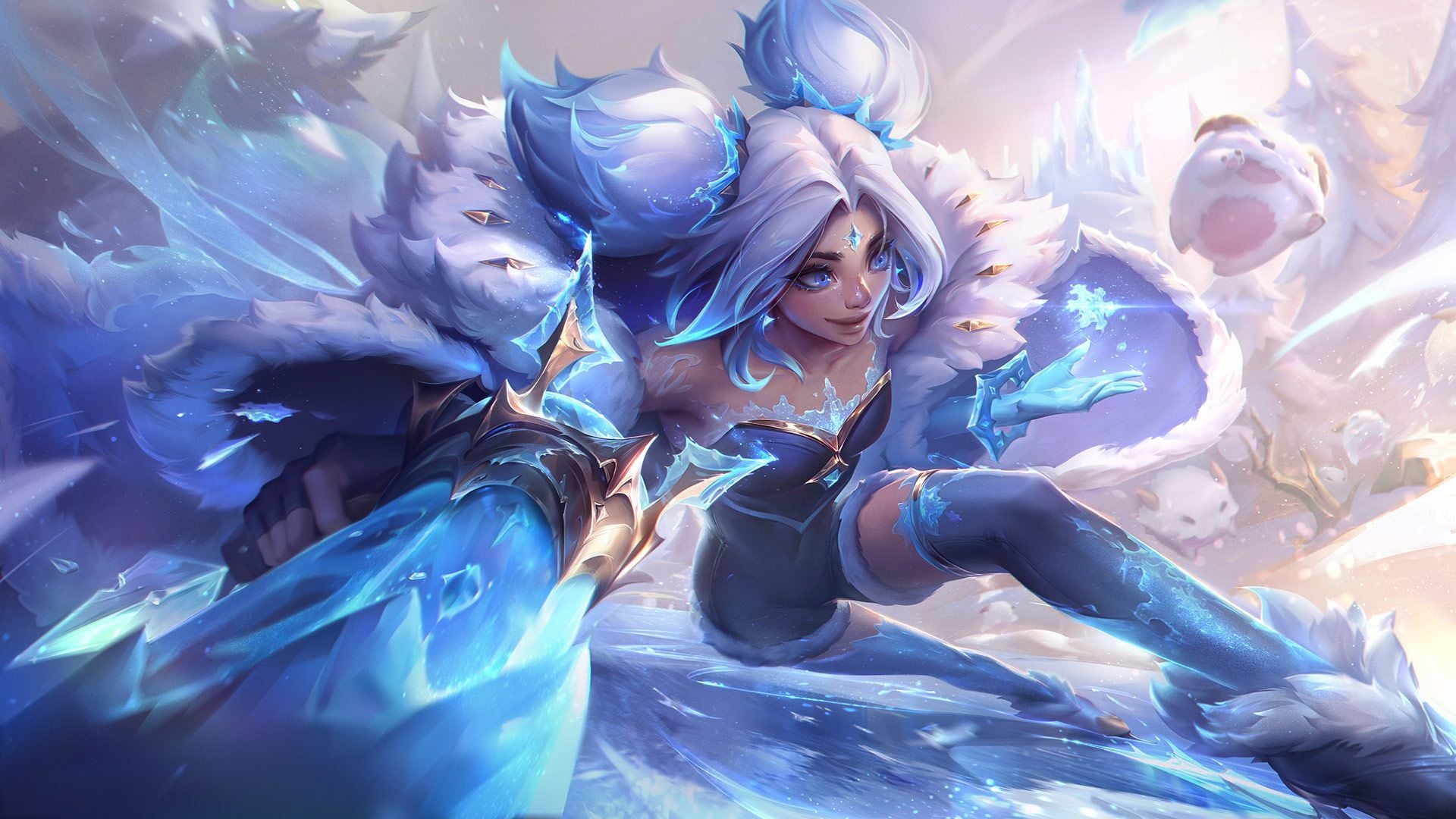


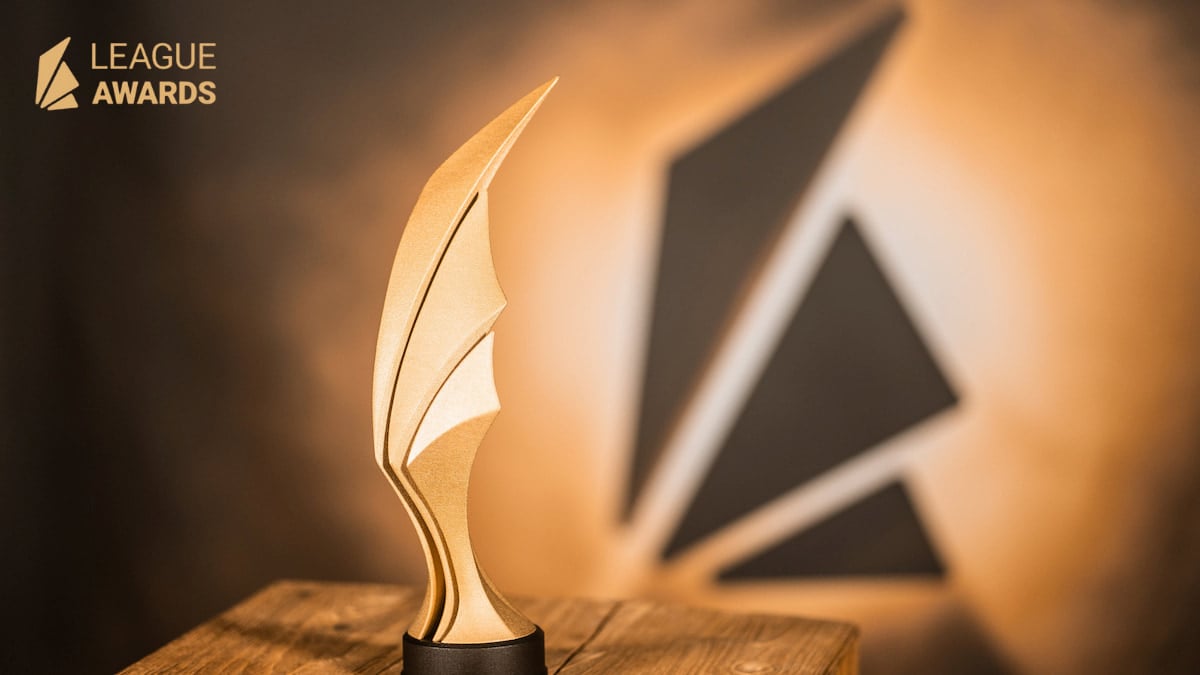
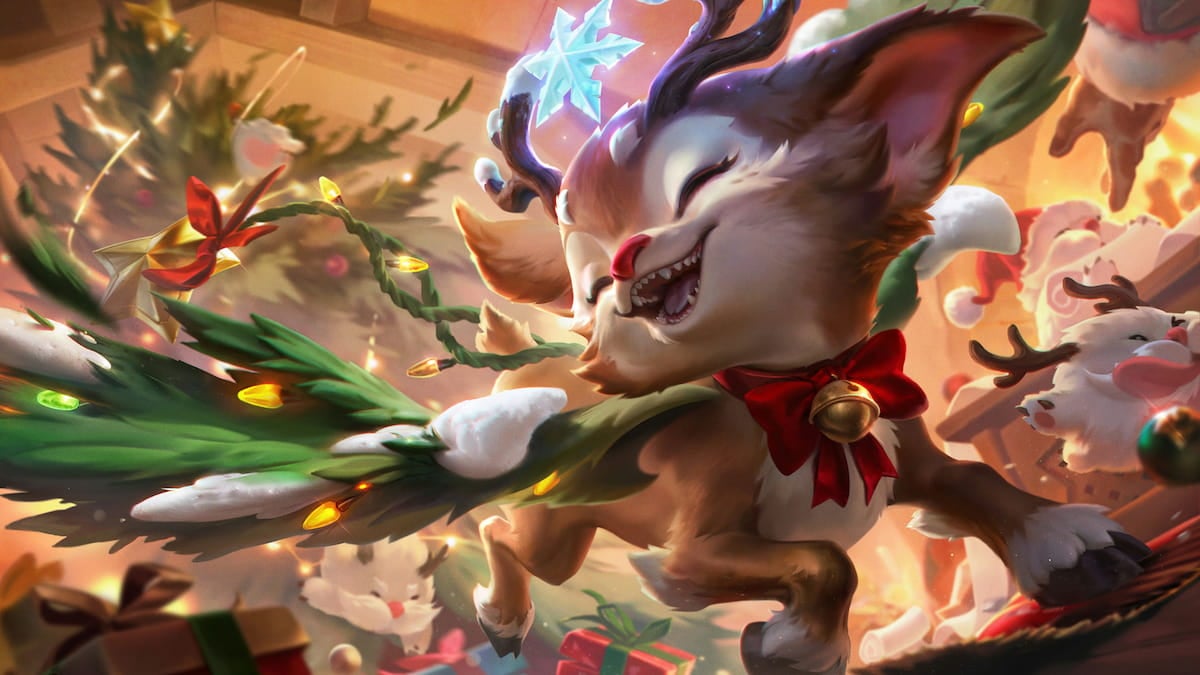
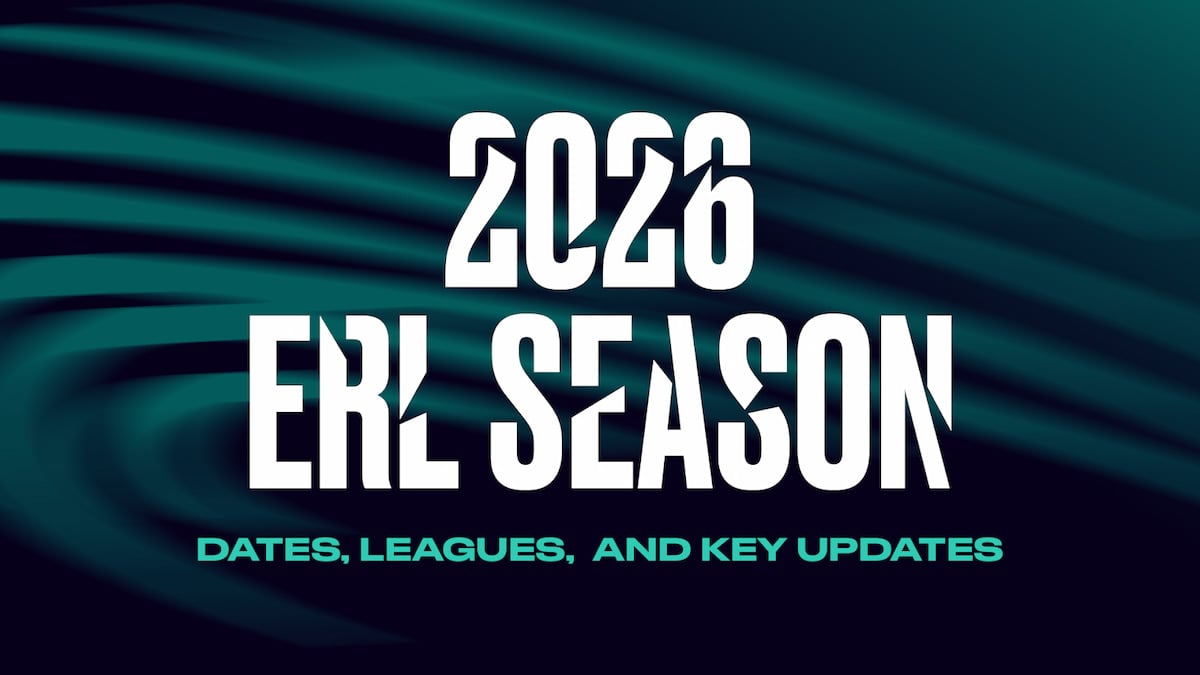
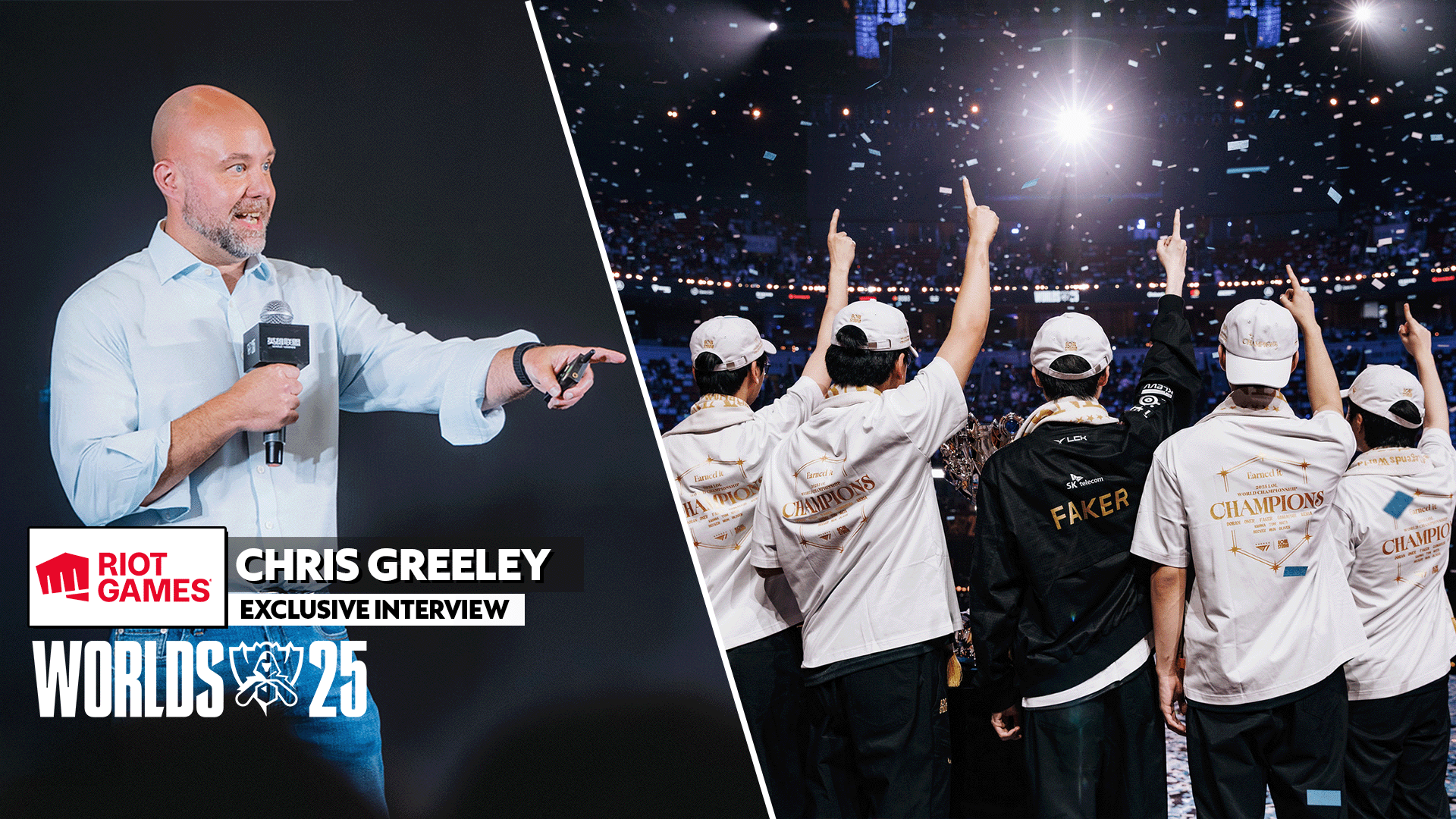
Published: Jan 2, 2019 11:54 am